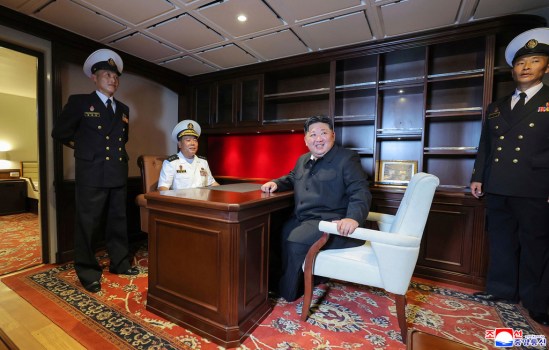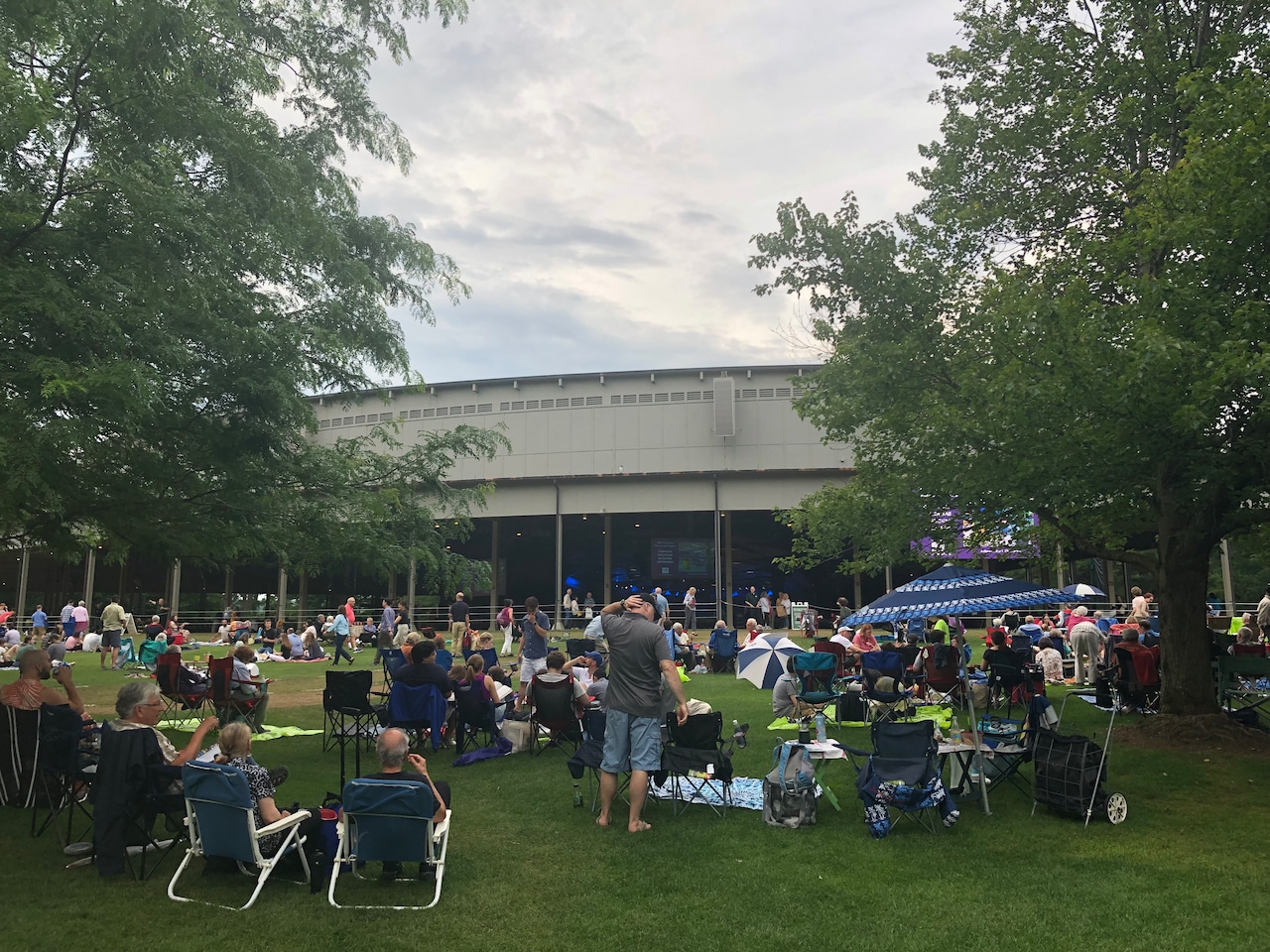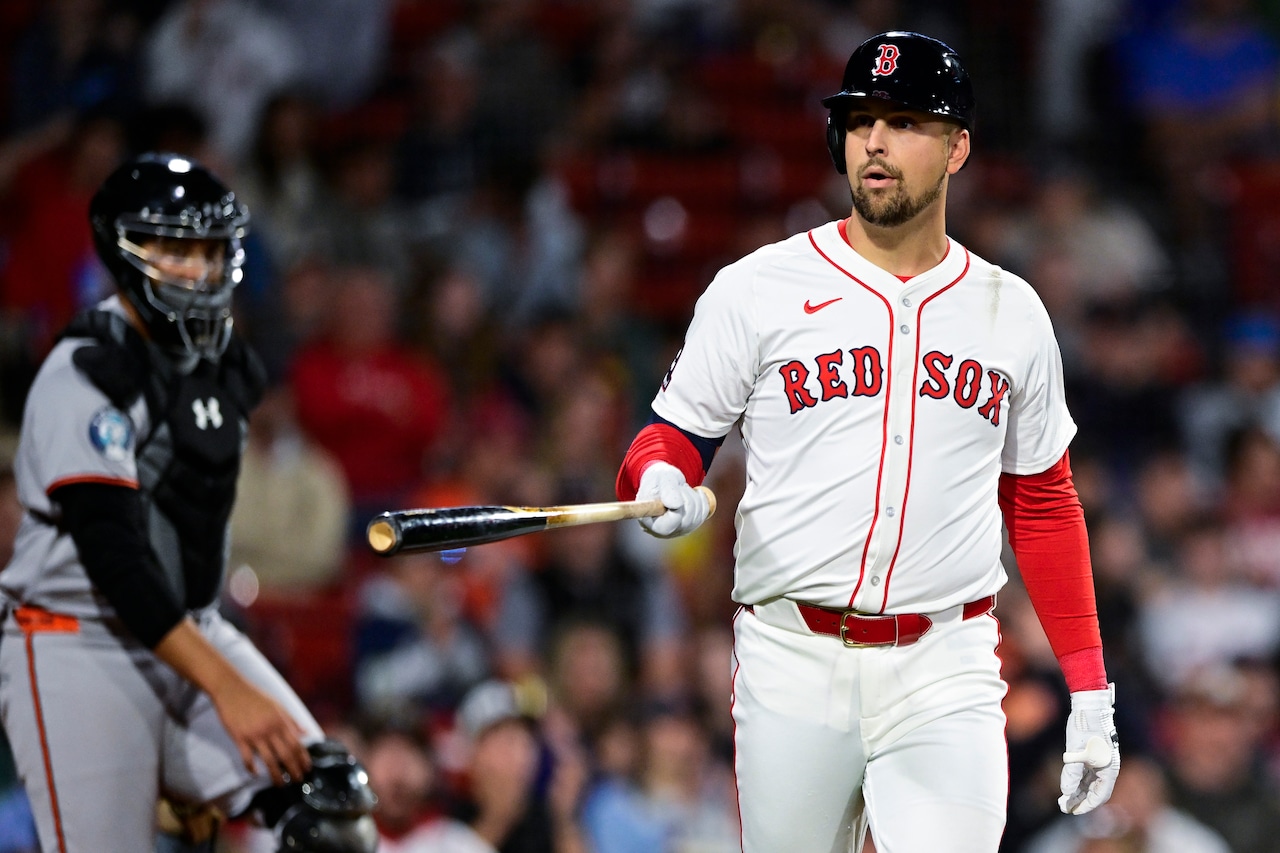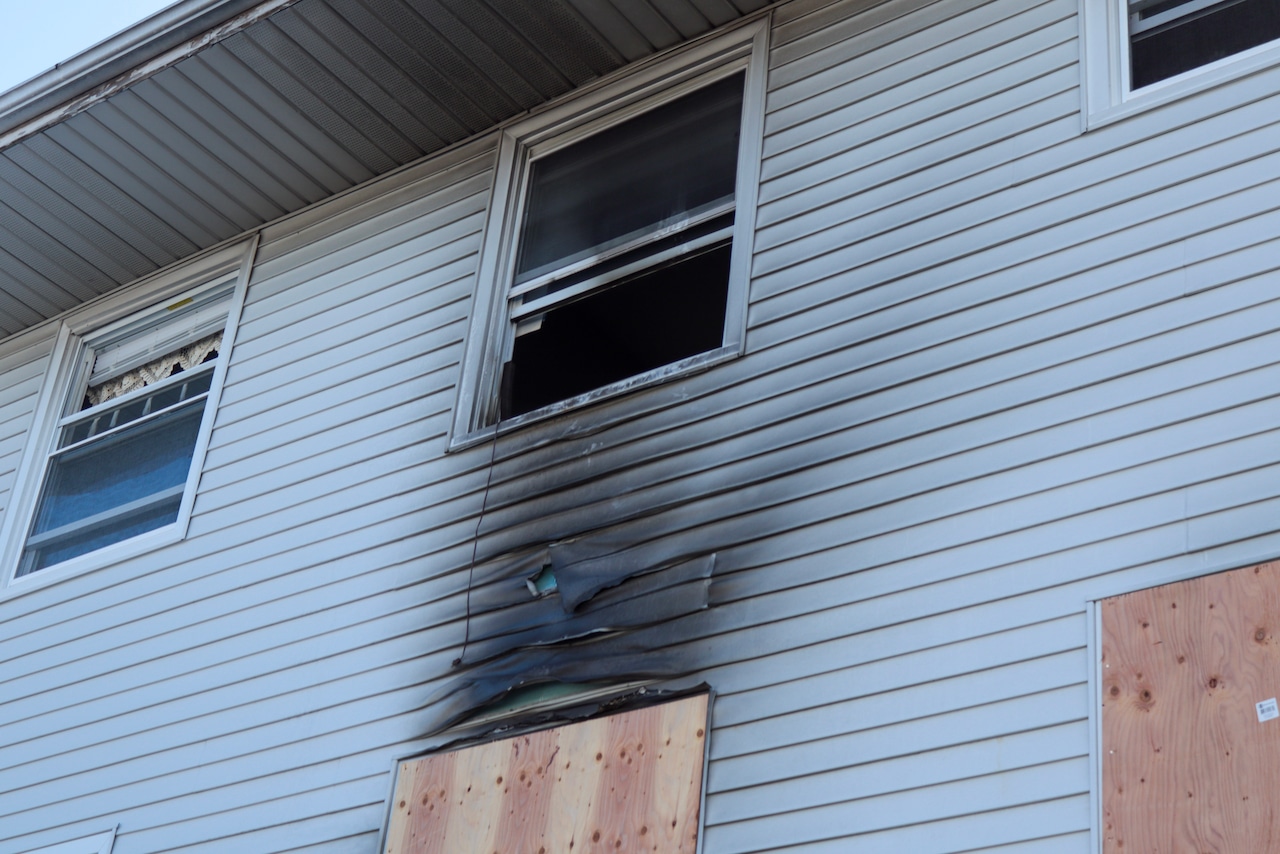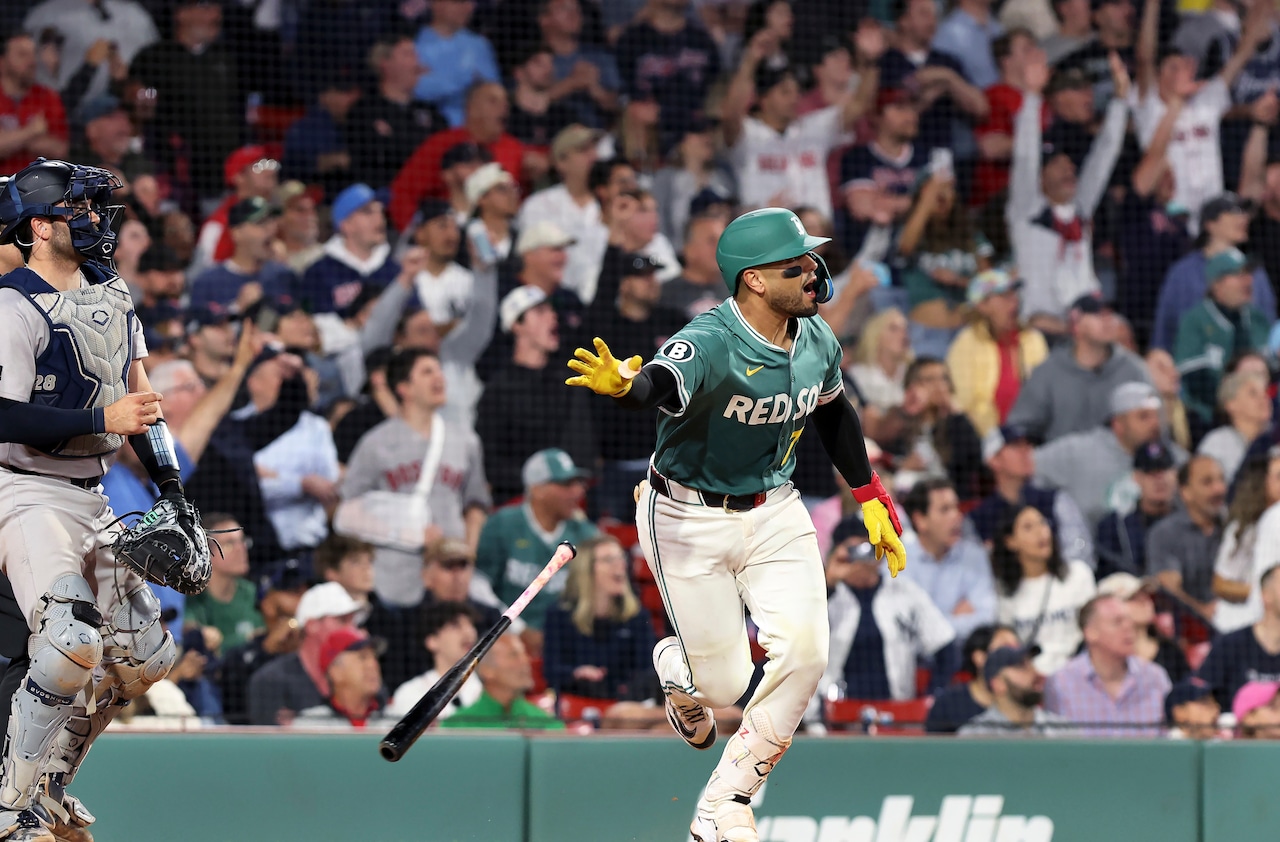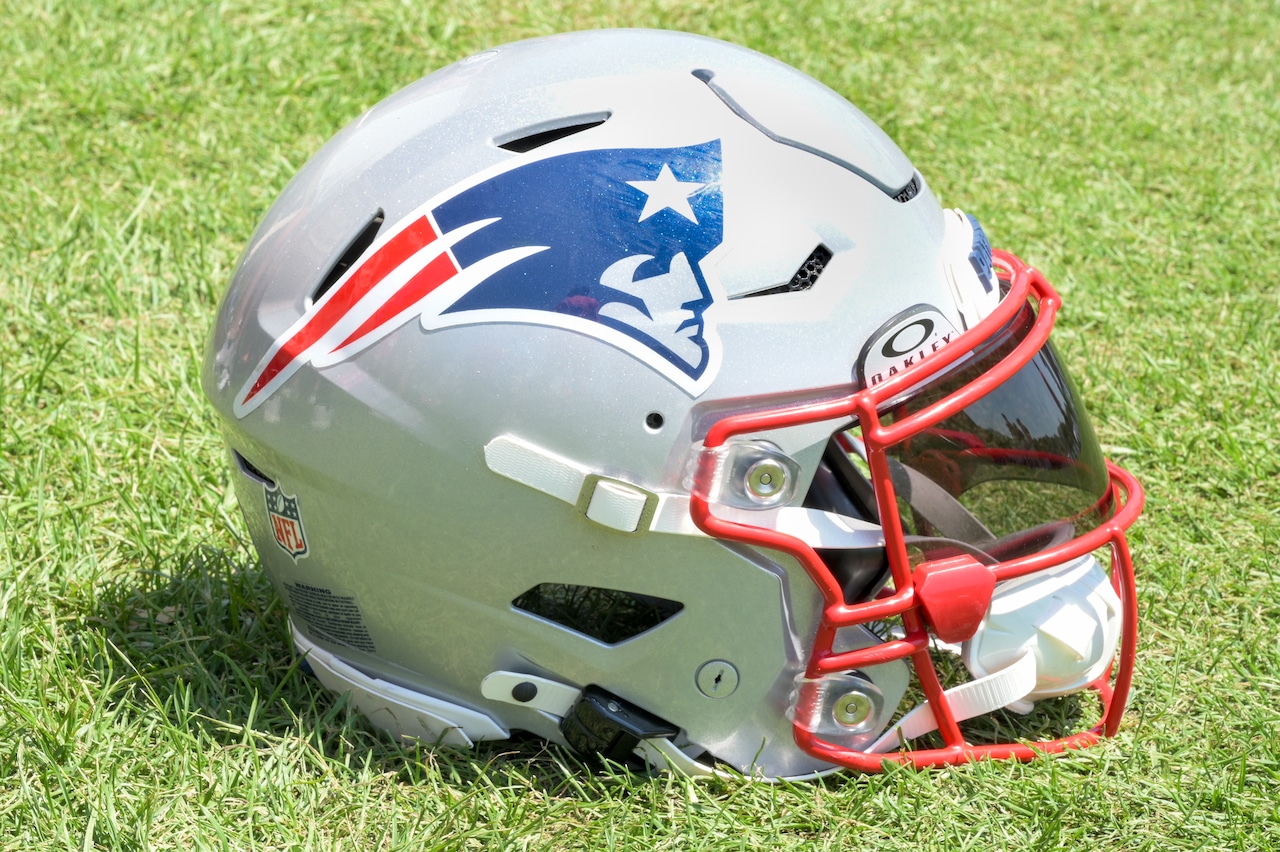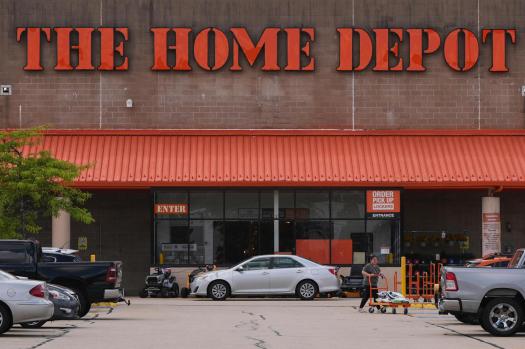WORCESTER — The chaotic Kelley Square intersection has always been the running joke of Worcester, but for Allen Fletcher it is the secret to success for his food hall and marketplace.
As Springfield officials are looking to draw tourists by creating their own food hall, economic development experts and others recently visited the nearby city to learn the pros and pitfalls from someone who is operating one.
Quincy Marketplace is the most historic and famous in New England, but other food halls or marketplaces have been popping up in Maine, Hartford and Central Massachusetts where the Worcester Public Market opened in February 2020.
“Location, location, location … 30,000 cars go through here a day,” Fletcher said, explaining that has helped make Worcester Public Market work. “You have to take advantage of where the people are.”
A Springfield City Council
working group on tourism
flagged the creation of a food hall as a way to boost economic activity. Now the city has hired a consultant to seriously explore the idea.
“I think it is doable and what makes it doable is the real estate portion,” said City Councilor Sean Curran, who led the working group and has continued to push the idea of creating a food hall.
There are multiple developers interested in building housing in downtown Springfield so Curran said he hopes to attract one that could follow a similar model to the Worcester Public Market and include housing in the space.
He also floated the idea of teaming up with the University of Massachusetts food science and hospitality divisions to add a new unique dimension to the concept.
The Worcester Public Market includes 48 apartments. The food and retail hall operates on the first floor with 28 spots for small vendors, a 106-seat food court and an attached restaurant for Wachusett Brewery.
The marketplace is a tenant of the building and is designed up as a non-profit that helps create small businesses and draws tourists, Fletcher said.
“It is amazing watching all the individual vendors and the synergy of everything,” said Timothy Sheehan, chief of economic development for Springfield.
Walking through the three aisles, a jeweler is located in between a chocolatier and a Irish imports store and across from an Italian gelato shop. There are also restaurants featuring a wide variety of ethnic foods.
Izabella Luiz, owner of Sweet Pan Gourmet which specializes in Brazilian pastries, handed out samples of her traditional brigadeiro sweets. She moved from another location into the Public Market four years ago when it opened and has no regrets.
“It is a plaza with a lot of foods and the traffic here is better and here everyone helps each other out,” she said.
Ellen Walsh, a barista for the coffee stand created from a partnership between the Monsoon Roastery, of Springfield, and Spilled Milk Gang, which sells specialty coffee and teas, can attest to the friendships created between businesses. Luiz made her wedding cake.
Walsh said she believes her bosses would be interested in a location in Springfield, especially since Monsoon Roastery is already based in the city.
How the Worcester market developed
Some of the lessons Fletcher said he learned in his approximately $28 million venture is that flexibility is key and so is figuring what will work for the location.
His original idea was to create a marketplace with a butcher, a fresh vegetable stand and a bakery which would spread the inviting smell of fresh baking bread through the building daily.
But that wasn’t viable since few people live in the Canal District. Instead they were more likely to attract people visiting Polar Park for minor league games or employees stopping in for lunch.
“People aren’t going to buy a pork chop and then go to a baseball game,” Fletcher said.
Although there are 48 attached apartments, those residents alone weren’t going to generate enough business to keep the concept going so he switched gears.
“We are a place for recreational shopping. People come here to have a good time,” Fletcher said.
He said the combination of vendors is important. He wants enough restaurants but doesn’t want to oversaturate the marketplace. The natural partners are those who sell pastries, coffees and other drinks. Fletcher said he would also like to expand the retail component, add a breakfast place and a farmers’ market.
The design of the public market was intentional. The seating area in the center of the building under skylights makes the place come alive. The hall is easy to navigate, which he saw as a problem in other food halls.
The Wachusett Brewery is a separate restaurant but open to the rest of the marketplace through a large overhead door. The wall of curved windows butts up to the sidewalk so people walking by can see inside. That’s a marketing tool, Fletcher said.
“The more that the building can spill out onto the street the better off you are,” he said.
Operations have also switched gears multiple times as the market evolved, said Domenic Mercurio, executive director for the market.
Currently rents for the smaller booths are $750 a month and the bread and butter of the public market are start-ups. Women operate 75% of the businesses and 78% are ethnically owned, he said.
One lesson learned is to include utilities and trash collection in the rent. Mercurio said they are also asking business owners if they would pay a 5% fee or $35 a month to market the businesses.
“For a lot of people it is their first business so they don’t know how it works,” he said. “We hold their hand and show them.”
Along with its regular booths, the market also has pop-up locations to draw a rotating group of vendors, which bring in new changeable elements to the market. A few have become permanent tenants,
Mercurio said.
The group is also dabbling in holding special events. For example, it brought in a wrestling competition on a Tuesday when the market was closed and earlier a Cuban chef held a demonstration for a Spanish class, attracting new shoppers, he said.
While the idea of creating a similar business in Springfield is in its infancy, Sheehan said he thinks it could work.
The city would need a developer with a viable business model to make it financially feasible. A parking plan would be vital, Sheehan said.
“I think you would be better trying to retrofit a building rather than starting new,” he said.
Ted Spitzer, the city’s consultant from Market Ventures Inc., said the first step will be to attract a developer.
“We are just getting started,” he said. “We will look at case studies and learn from other markets and decide what makes sense in Springfield.”
He agreed with Curran that a food hall will best succeed as a mixed-use development.
This isn’t the first time the city has discussed creating food hall. Anne Burke, who is retired from the Economic Development Council of Western Massachusetts, dug out a box of research materials she saved from the past before the Worcester visit.
“It is a great idea,” she said. “In 1997 we were talking about opening one in the old Basketball Hall of Fame.”

